Split by a pair of lakes, Bhopal is two cities within a city. Two starkly contrasting cityscapes.
Towards the North you have the old city, a fascinating area of mosques, serpentine alleys, chowks, milling crowds, exotic havelis and crowded bazaars.
South of the two lakes is the new Bhopal. Modern, with wide roads, upmarket shopping complexes, and plush hotels and restaurants nestled comfortably in the Arera and Shamla Hills, which overlook the lakes and the old city beyond. The central district is known as New Market.
Both Bhopals enamour you in their own way and vie to bring out the child within you.
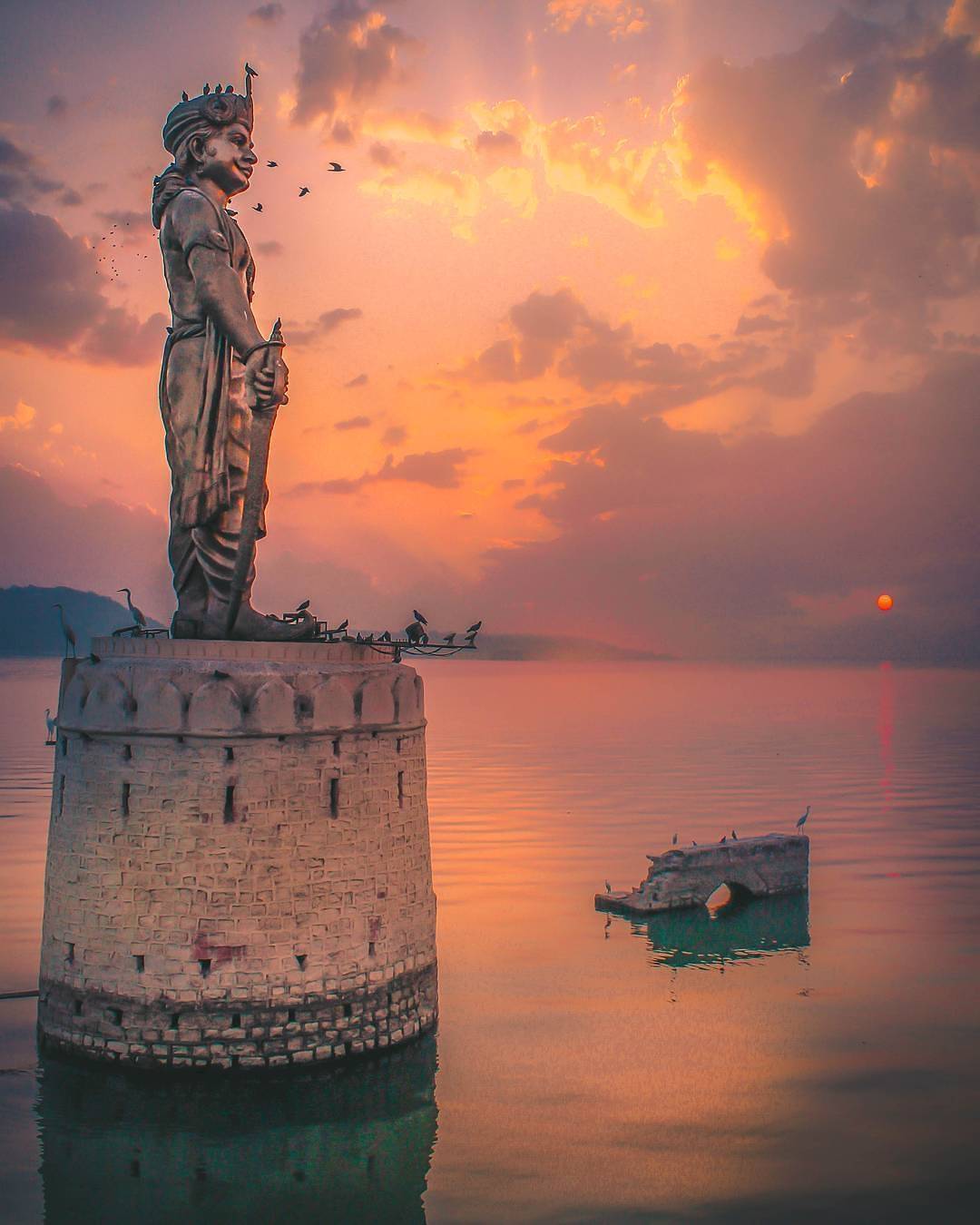
The capital of Madhya Pradesh and the City of Lakes is a travelers ravishing dream
The recommended Best Places to visit near Bhopal are :
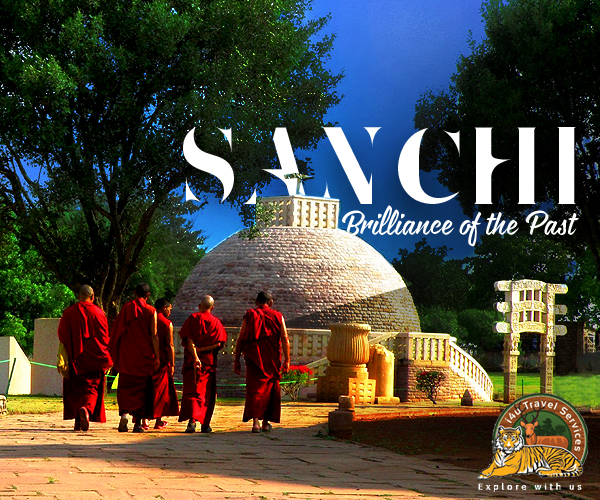

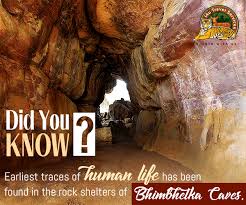

Bhojpur
Founded by the legendary, 28 km from Bhopal, for the remains office officiant Shiva temple and dad. As you drive from Bhopal to words, changes. If you’re not if, like us, On the top of the list of sites to visit around Bhopal, had it out and drive the difference can be overwhelming. The potholed roads outside of the capital city skates, small town.
The first one can be startling. As it towers. Destroying, which official brochures referred to as the east, is called the temple. Its ground plan comprises a simple Square, 66 feet, of the structures from the 11th century. The other notable noticeable of the structure is that it’s complete. The construction was of water, therefore this Temple continues to her house and capture the margination number of people. This is not enough to get you to climb that steep incline,, the tallest of its kind in India, will certainly take your interest. Photographs do not do it justice, it needs to be seen from top of the staircase that leads to it’s enormous size to really make an impression on you. Most men women and children style awestruck in front of the Lingaa, since the difference between its size and the food is so pronounced. It seems that the temple that was should continue to be an active place of a ship, considering that many fully formed, elaborate shrines in the country have fallen into disrepair under. However, devotees and local attribute the continuing presentation and reverence for this temple to the giant which stands at a height off on a massive platform that is itself. In addition, the The temple is at the top and plain below, and throws into sharp relief the two brilliantly sculpted figures, placed side-by-side.
Scattered around turn on and partially covered blogs, to help. The structure of the temple. Apparently, archaeologist have identified over 1300 such, along with the names of the masses. Unfortunately the rocks as they have not survive the assault of time. Water,, has caused repairable damage to the rocks, to the point today, that only some of the things can be seen today, and in good light, drive. There was one son expensive player in the west of porch Puri, but now all that remains are the times that contain its waters., With child sandstone blocks set without motor, impressive display of Public Works construction in the interim period. The construction of this place has been attributed to Raja Pooja, and its destruction to Malva’s potion Shah, who in the 15th century. There is a famous government stating that it took three months for me to destroy the dark and that the lakes bed was not for 30 years. It has also been estimated that the climate of the Malabar region changed considerably after The off search what are the source. You will not need more than an hour or so.
Islamnagar
Tucked away down, a single lane road that is inundated with rainwater during the monsoon season, Islamnagar is a villagewhose pride of place is the palace complex of Dost Mohammad Khan,an afghan soldier under the Mughal emperor Auranzeb, who founded the state of Bhopal. Dost Mohammad Khan had this complex constructed for his queens in the year 1720. Though all tourists guides will tell you that Islamnagar is a mere 12 km from Bhopal, we would advise you to take that with a pinch of salt.It largely depends on where in Bhopal you are starting from and, most importantly, where Islamnagar falls on your itinerary of things to see. Drive through old Bhopal and drive down the Guna-Bhopal road, taking the second exit at the round-about near Ayodhya Bypass Road, from there it is a fairly straight route at till you arrive at an intersection, at which point turn to words the right and continue to the tiny village of Islamnagar. If you go during off season, there is a fair chance that the officer at the ticket counter will do a double take that someone even showed up. The palace complex is fairly well preserved, with gardens and pavillions,though the structures themselves are woefully shorn of much of the Royal embellishments that makes visiting a palace complex fun. Nevertheless, the Rani Mahal,the first structure in the complex, displays an amalgamation of Mughal,Malwa and Rajput architectural styles. A small gate leads to the three storey building who’s pillars have lovely floral motifs and lotus shaped arches. Next door,the Chaman Mahal has a Charbagh pattern Mugal Garden, decorated with fountains, flower arrangements and the stone ramp. This is considered by historians to be one of the few examples of the Charbagh style of Mughal gardens in central India. The museum, located in a chamber that could have been a guard room,nowt houses portraits and family tree of the Nawabs. Beyond the Charbagh garden is a hammam or Bath house with domed ceiling that allow a moderate amount of natural light, which is an unusual architectural detail. At the end of the garden is a terrace, overlooking fields, in which stand the tombs of Nawab Yaa Mohammad Khan & Nawab Nazar Mohammad Khan. Across the road, from the palace is the Gond Mahal, a fortified structure that sits atop a small knoll.Narrow arches give way to an open court with arched galleries.
The architecture is similar to that of the Rani Mahal, but you can walk up the stairway to the pavilions on gthe upper floor for a birds-eye view of the woman’s court. Other than the palace complex and the Gond Mahal,there isn’t and much to see in this tiny village. There is a small cafeteria on site, offering basic snacks and packaged chips and drinks.

"
An archaeological treasure, Bhimbetka has around 243 rock shelters. The paintings found in the rock shelters here have a striking resemblance to the ones discovered in Kakadu National Park in Australia; to the cave paintings of Bushmen in Kalahari Desert and Upper Palaeolithic Lascaux cave paintings in France.
Cave paintings dating back to approximately 30,000 years. Rock shelters that were home to humans, millennia ago. And a rich flora and fauna surrounding these, indeed, make Bhimbetka a gift to us from our earliest ancestors.
A walkthrough these ancient naturally carved rocks surrounded by dense forests of Bhimbetka will bring alive child-like wonder in you.
Bhimbetka is inside Ratapani Sanctuary and has a sole food joint called Hotel Highway Treat managed by Madhya Pradesh Tourism.
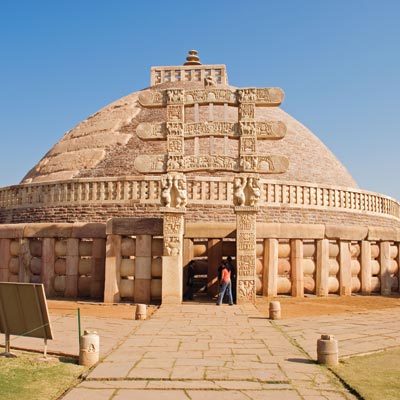
The town of Sanchi is synonymous with Buddhist Stupas – hemispherical structures typically containing relics of the Buddha or his followers. The Stupas of Sanchi were constructed on the orders of Emperor Ashoka to preserve and spread the Buddhist philosophy. Sanchi has been protecting these beautiful and sacred architectural wonders, just the way these wonders have been safeguarding ancient history and art of the Mauryan period.
The numerous stupas, temples, monasteries and an Ashokan pillar have been the focus of interest and awe for global audiences as well. In fact, UNESCO has given the status of ‘World Heritage Site’ to the Mahastupa.
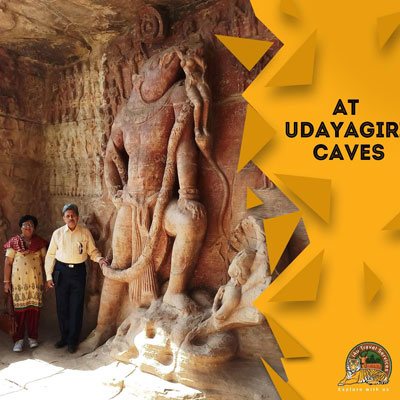
The Udayagiri Caves are twenty rock-cut caves near Vidisha, Madhya Pradesh from the early years of the 5th century CE.[2][3] They contain some of the oldest surviving Hindu temples and iconography in India. One of India’s most important archaeological sites, the Udayagiri hills and its caves are protected monuments managed by the Archaeological Survey of India.
Udayagiri caves are notable for the ancient monumental relief sculpture of Vishnu in his incarnation as the man-boar Varaha, rescuing the earth symbolically represented by Bhudevi clinging to the boar’s tusk as described in Hindu mythology ( Cave No 5 ).
WhatsApp us